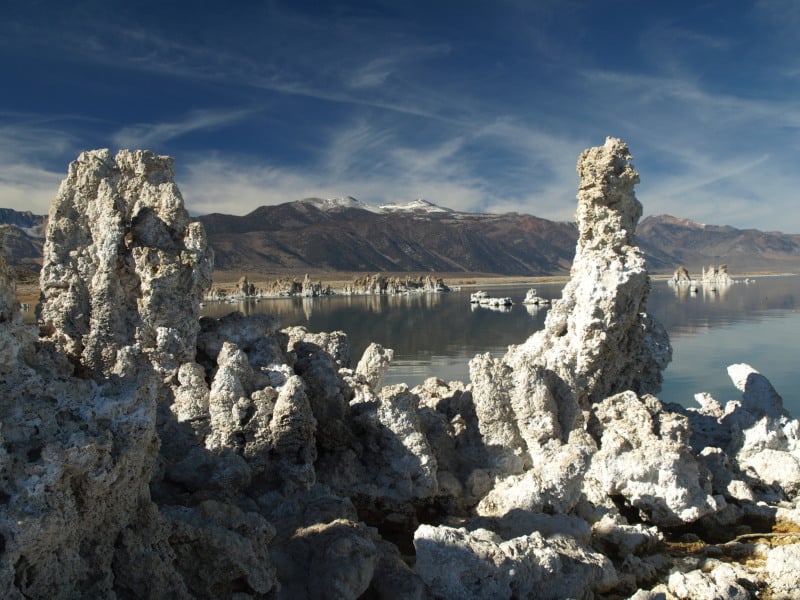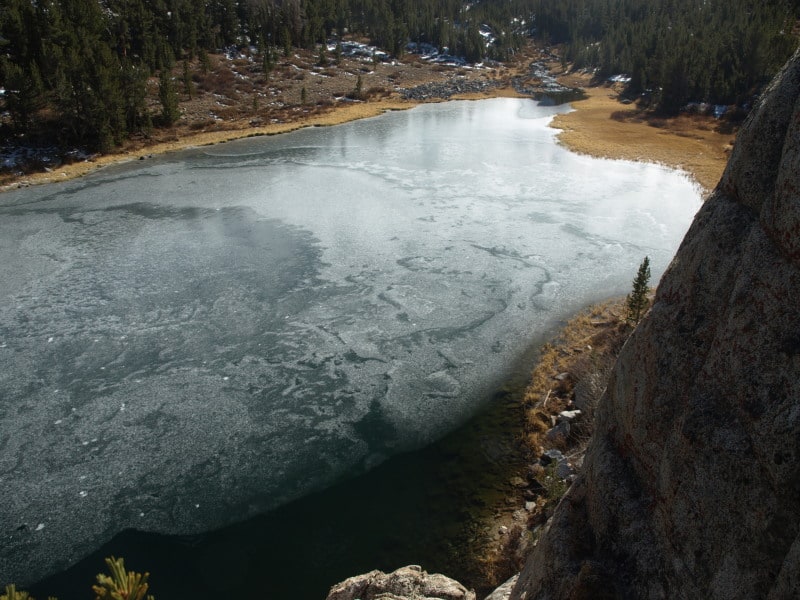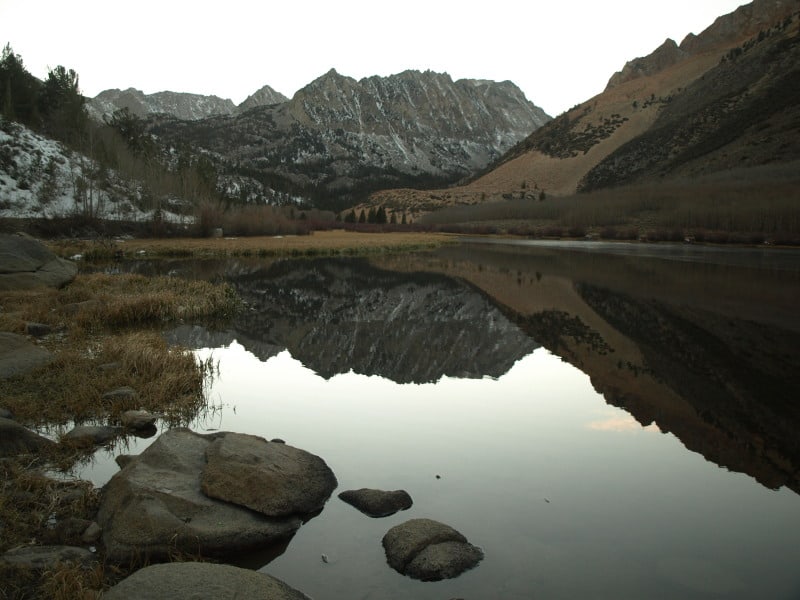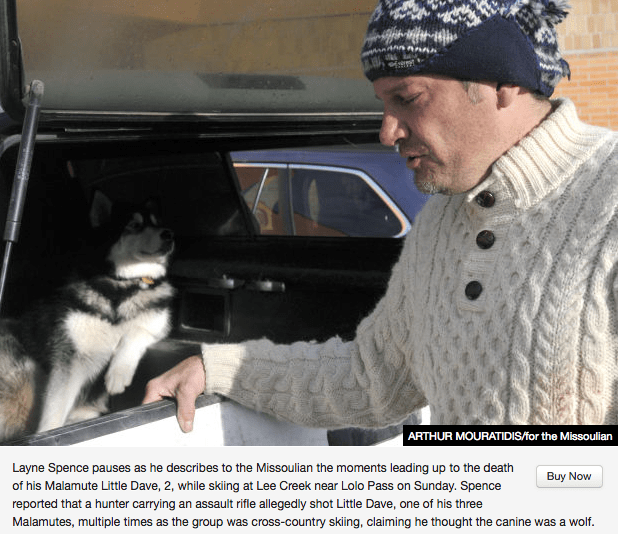(Note: this post is more philosophical than usual. I’m interested in what people think, as I can understand both sides.)
We’ve had something before on this blog about wood exports to China. I think some people have brought up selling coal and oil and gas products, although not necessarily on this blog. I thought this piece was interesting about Chinese buying property, from a blog here by a local realtor..
I ask you, even if you disagree, not to say mean things about Jim.
Why are we doing this, and is it good policy to facilitate the purchase of American real estate by Chinese nationals?
It turns out that 85% of China’s 2.8 million high-net-worth citizens already send their children to study abroad and last year spent an estimated $50 billion buying real estate in 36 countries.
The United States is just one of many countries where the Chinese are buying real estate. A June 2013 report which I’ve posted at http://JimSmithColumns.com shows extensive buying of real estate in Europe, Asia, Australia, the Middle East, Brazil and Africa — not by businesses, but by individual Chinese wanting to invest/live outside China.
According to the China Private Wealth Report 2011, prepared by China Merchants Bank and Bain & Company, the key motivations for Chinese nationals to invest abroad are 1) children’s education, 2) getting cash out of China for security, and 3) preparation for retirement.
Chinese are not the only foreigners investing in and moving to the United States. Analyzing the list of sold homes published in last Saturday’s Denver Post, I figure that 4.5% of metro area sales are to buyers with Asian or Middle Eastern names.
But China is the only country with high-end cash buyers which severely limits online access to American real estate websites like realtor.com, Trulia and Zillow, as well as search engines like Google. That is what has driven the success of domestic Chinese websites like Juwai.com, which records 90 million searches per month within China.
Two readers sent me emails expressing the same questions and concerns which I had before signing up for this service, so I thought I would address them in this week’s column.
A reader from Morrison urged me not to “sell out” to the Chinese, who already own the Panama Canal. (I didn’t know that.) He suggested it was greed that would motivate me to advertise our listings in China….
First, there’s my responsibility to my sellers to market their home and sell it for the highest possible price. Having learned of this pool of cash buyers, could or should I refuse to show them our listings?
Secondly, these high-net-worth Chinese, themselves capitalists, are interested in the United States because they like living here in our free society.
Now, for natural resource exports, reason 2 does not apply. Do you think the landowner is “greedy” to sell outside the US, or “welcoming of strangers”? does this just apply to people in other countries, or Californians in Oregon? Why or why not?
If we have indeed extracted natural resources using our own (adequate) regulations, does it matter to whom we sell them? Is there something intuitively, or otherwise, different about selling products and selling land?




